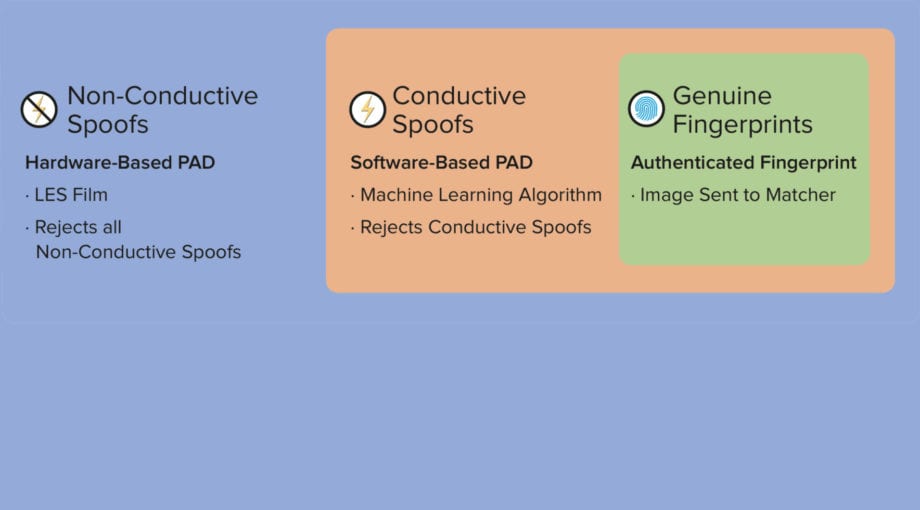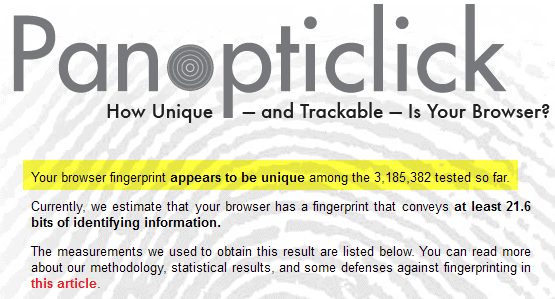

Of course, that’s very different compared to someone making an impression of your fingerprint or creating fake ones from a scan. For Touch ID there’s only a 1 in 500,000 chance of someone’s fingerprint being similar enough to yours that Touch ID will be fooled. That’s the “brute force” method of cracking a digital lock. Usually, the security of systems like these are expressed as the odds of someone randomly beating them. This is a bit of a loaded question, since that depends on what your definition of ‘secure’ is. We’ll deal with this scenario at the end of the article.
#DEFEAT HARDWARE FINGERPRINT SOFTWARE CODE#
That’s different from a password or code which you can “forget” or otherwise withhold. Someone can simply take your finger or face and force you to unlock your device. The biggest weakness of biometric systems is actually a pretty simple one. Those who want to defeat these systems have to get better at replicating your biology, which is impractical for the average hacker at a certain point. For example, finer details of your fingerprints or the presence of body heat. This sort of thing has actually happened in the past and the way that biometric sensors have got around it is by becoming more detailed and looking at multiple aspects of your biology. If someone figures out a password or passcode, just change it. If someone managed to make a perfect copy of your fingerprint or face, they could unlock anything. The biggest problem with using an aspect of your biology to unlock something is that you can’t change it. So how secure are these technologies and are they good enough for you to trust? General Biometric Security Flawsįirst of all, there are some security vulnerabilities that apply to biometric systems in general.

The neural net machine learning hardware components of modern Apple mobile device processors make this level of sophistication possible. It combines this with an infrared image of your face to create a facial profile.

#DEFEAT HARDWARE FINGERPRINT SOFTWARE SOFTWARE#
The software that does the facial matching is quite sophisticated, but many of these cameras can’t tell the difference between a photo or a mask, so they can be fooled into unlocking.įace ID on the other hand, makes use of a specialized TrueDepth camera to create a very detailed depth map of your face. It compares the photo it has on record with the one you are presenting to unlock the device. Many devices use a normal camera for facial recognition. Face ID works in a pretty smart way as well.


 0 kommentar(er)
0 kommentar(er)
